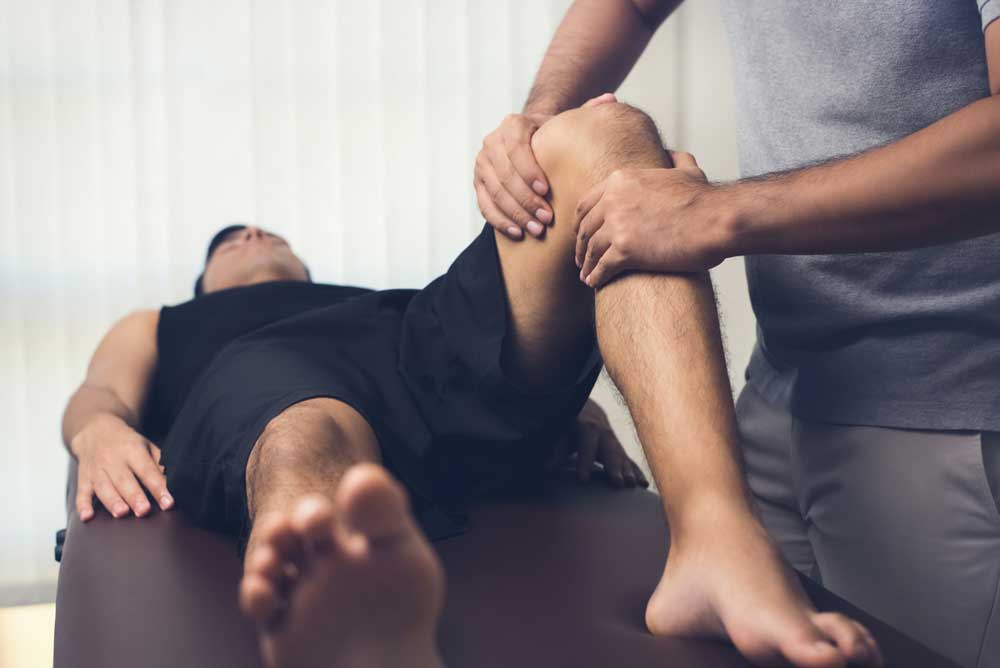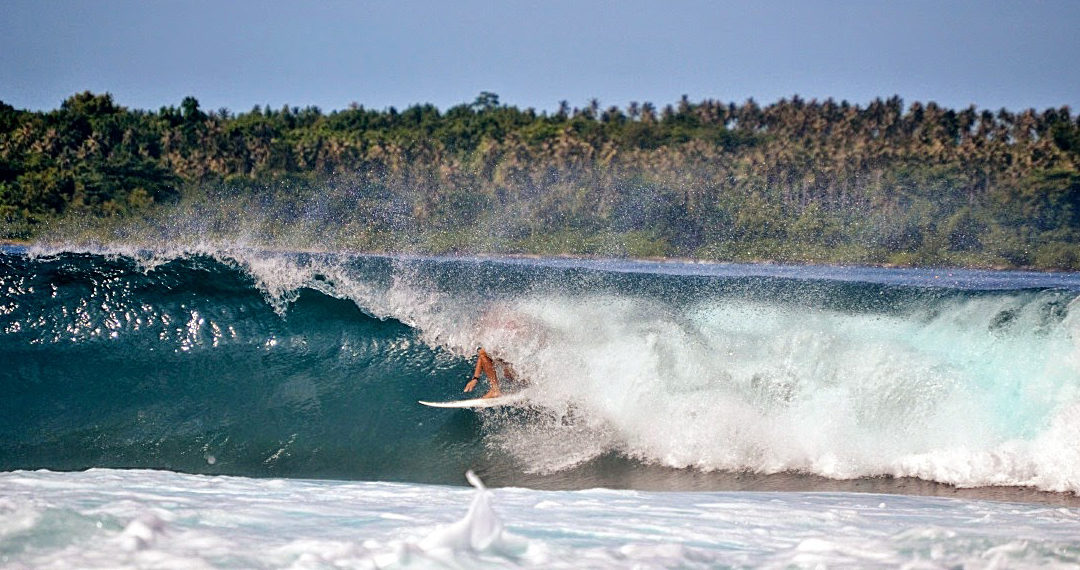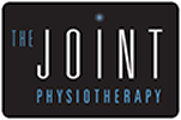


Modern Technology and Neck Pain
Neck pain caused by modern device use is becoming increasingly common. We explore the measures that can be taken to prevent this pain and allow us keep up with our busy daily lives.

What’s that nagging pain I experience behind my shoulder blade? Ever heard of Cloward’s Point?
Written by Simon Johnson
Physiotherapist at The Joint Physio
I have recently returned from a surf trip with a good friend of mine. We traveled to a small island called Simeulue off the coast of North Sumatra. For those who have never been on a surf trip, it basically involves surf, eat, sleep, repeat!
We surfed three times a day for around two hours each session. This was hugely strenuous on the body, particularly the shoulders and neck. It wasn’t long before I noticed my friend trying to squeeze or release the soft tissue on the inside of his shoulder blade. His symptoms started as a dull ache and progressed to a sharp stabbing pain a couple of days later.
This was a classic case of Cloward’s Sign: referral pain originating from inflammation of the neck, specifically C5/C6 facet joints. This was named after Dr Cloward, a neurosurgeon who first published a paper describing the link between the cervical spine and its referral distribution.
Pain behind the inside of the shoulder blade is a very common complaint among patients I see from all backgrounds; swimming, surfing, golfers, office workers, VCE students just to name a few! This pain is very similar to sciatica pain in the leg which is really originating from the lower back.
So, why do you experience pain in the shoulder not the neck?
The nerves leaving the neck supply many tissues, such as the muscles surrounding the shoulder blade. When there is an injury to a tissue the brain produces pain so that we protect the area from further damage. Referral pain is when the brain is alerted to an injury but misinterprets the source. It wrongly identifies the muscle as the injury site instead of the cervical spine which are both supplied by the same nerve!
What causes the neck to become inflamed?
In the case of my friend, we had spent three days with a lot of paddling. When paddling on a surfboard the neck is in an extended position (or head tilted backwards). This neck position closes or compresses the tiny joints in the neck and if repeated or sustained over a long time may lead to overload of the joint and therefore inflammation. Similarly, these joints can be irritated by bad posture while working on the computer, sleeping in a bad position, or simple jobs around the house such as hanging the wet washing.
What is the best management?
Firstly, it is critical that the diagnosis is accurate. With a thorough assessment, a good physio will be able to differentiate between a true shoulder injury and referred pain from the neck. The key to management of referred pain from the neck is to guide the cervical joint back to normal function. Stop activities which are leading to overload of the joint, reduce protective muscle spasm with joint mobilisation and soft tissue release, and reduce inflammation with anti- inflammatory medications.
My friend was fortunate, he had is own private physio! His pain resolved quickly once I showed him ways to modify his paddling technique and asked him to sit and complete gentle stretches whilst waiting for waves. The neck responded well to some manual treatment and he was able to continue surfing pain free for the remainder of the trip. He also avoided meaninglessly poking and prodding his shoulder blade, which he now understands is NOT the origin of his pain!
